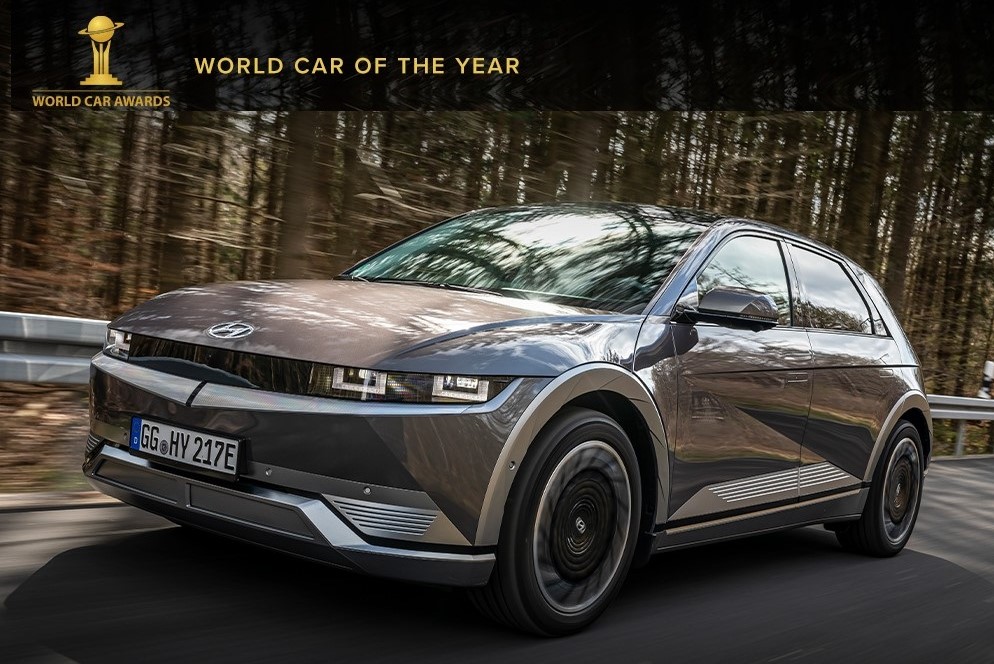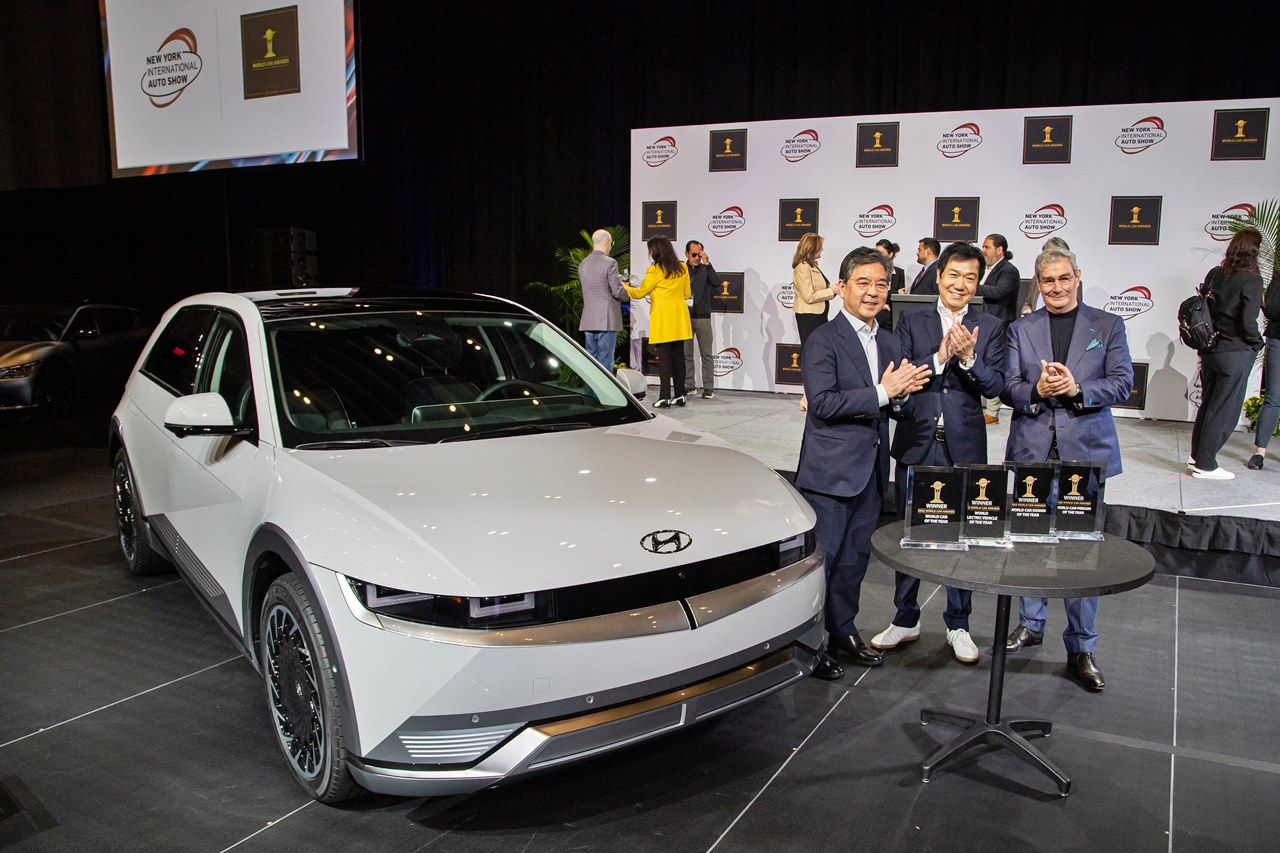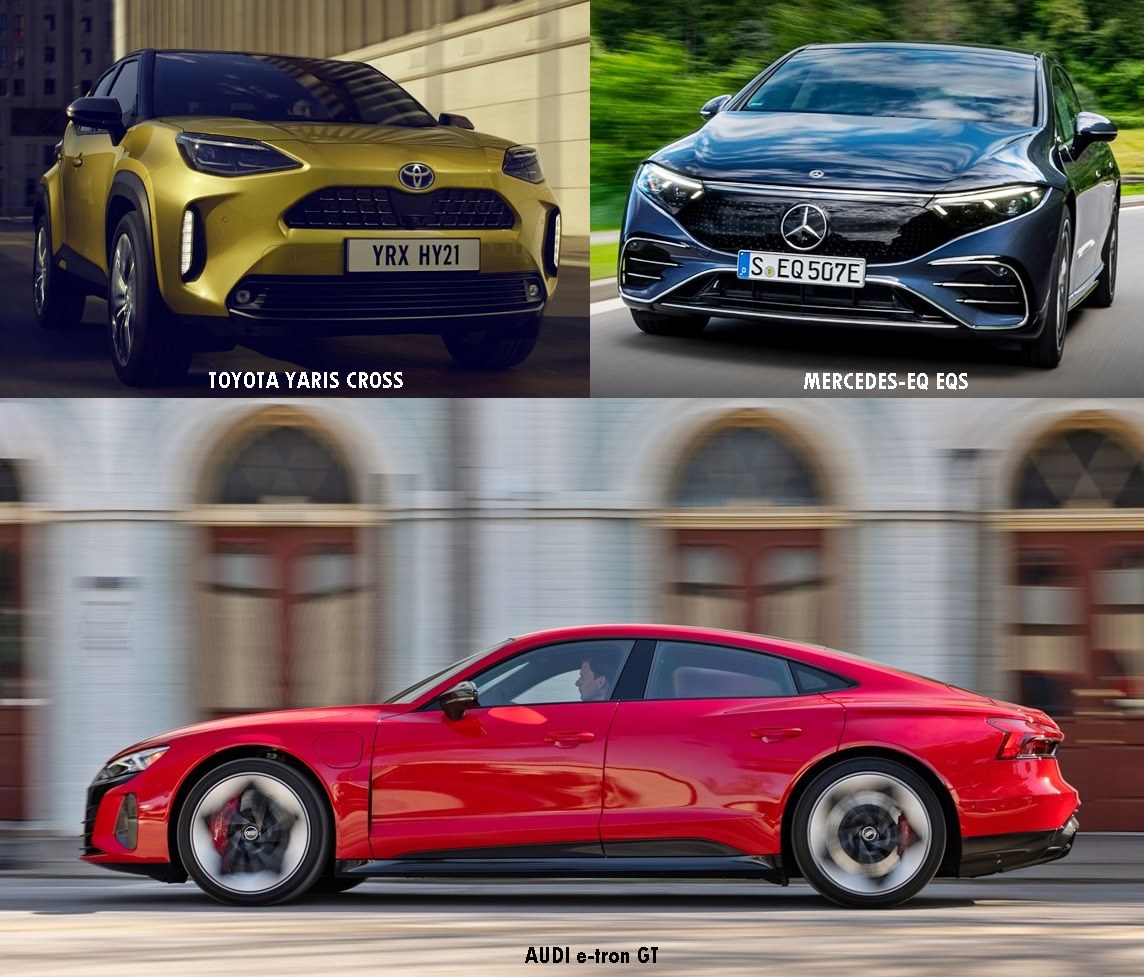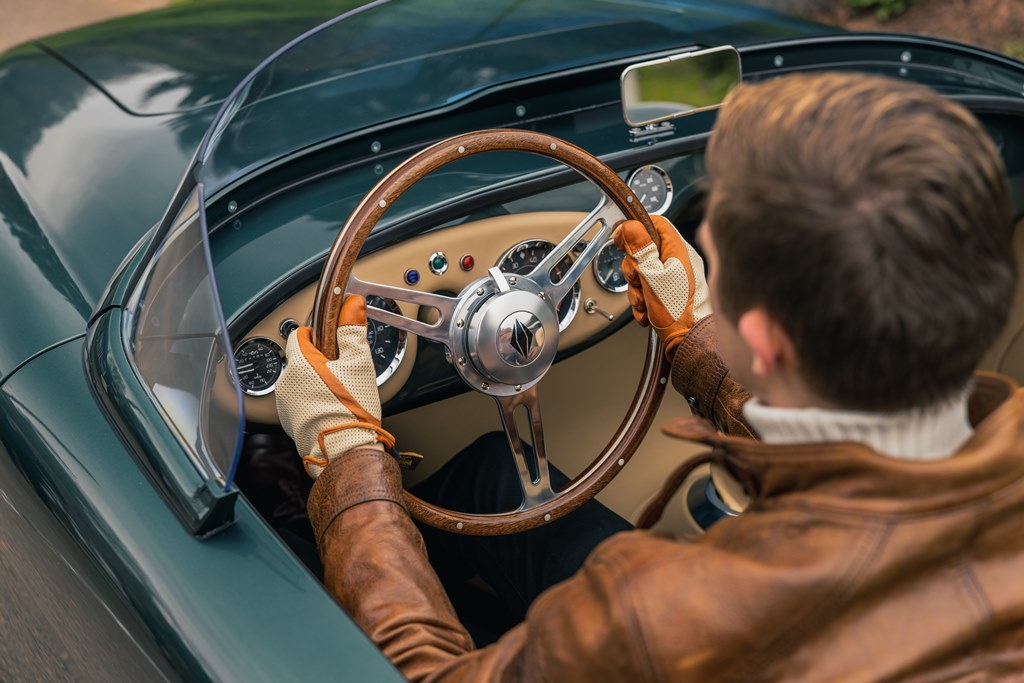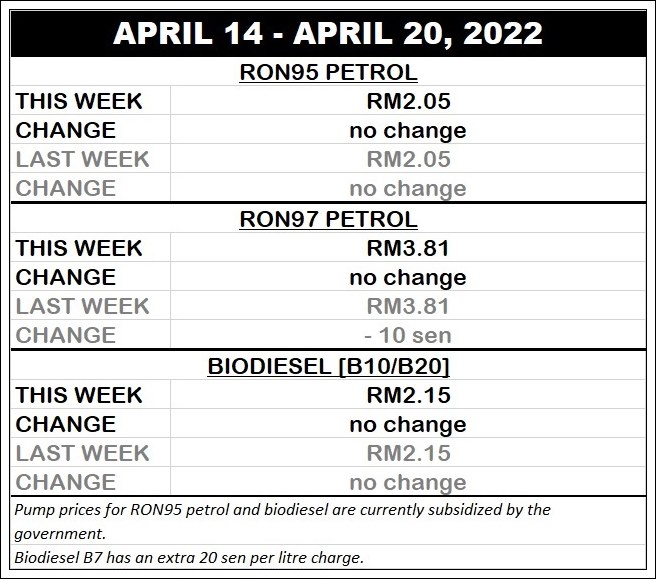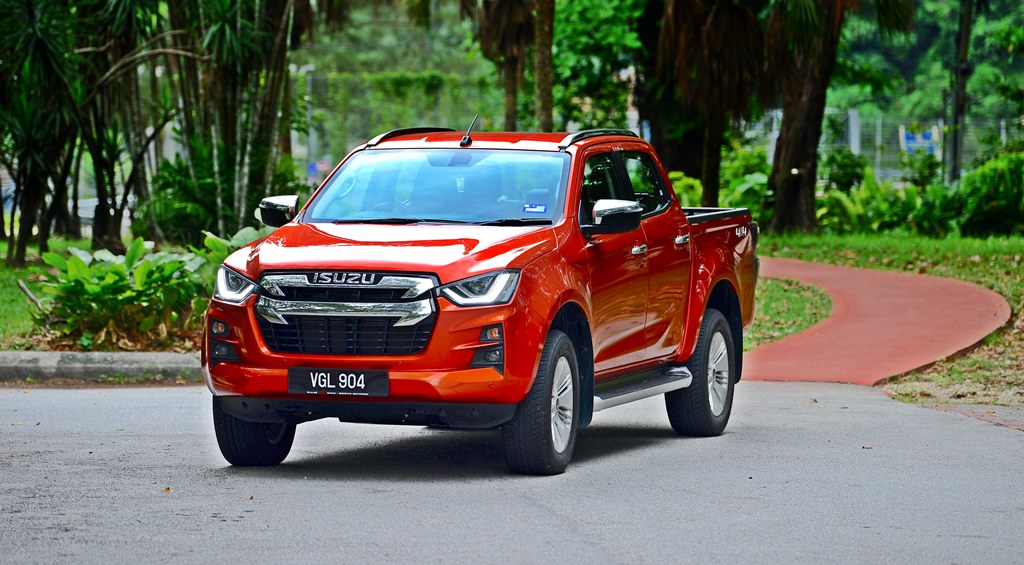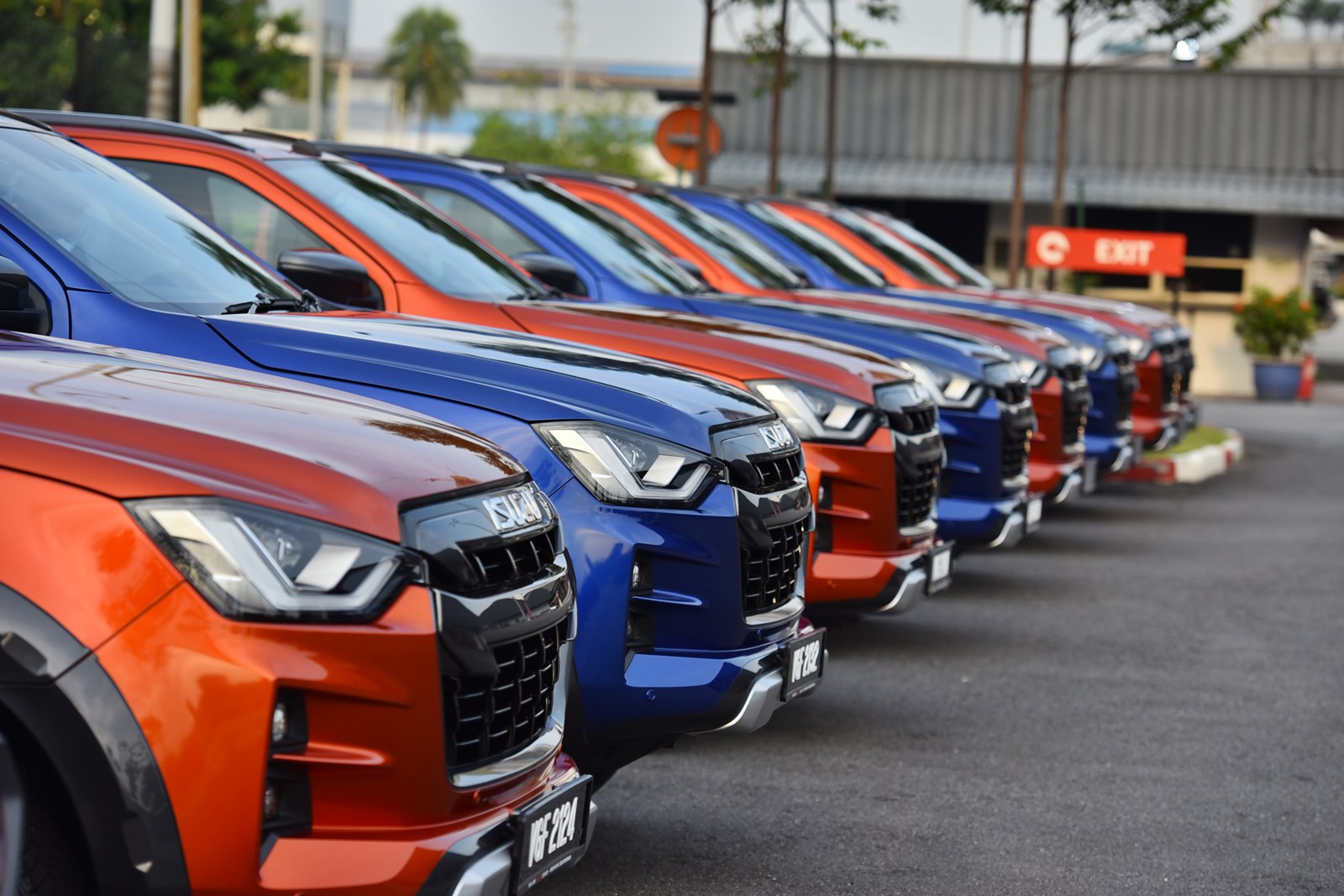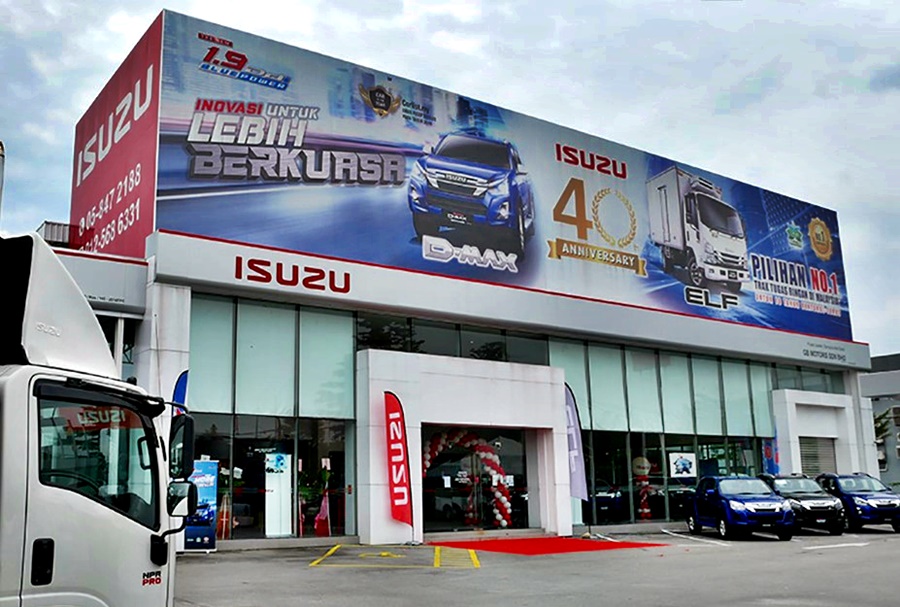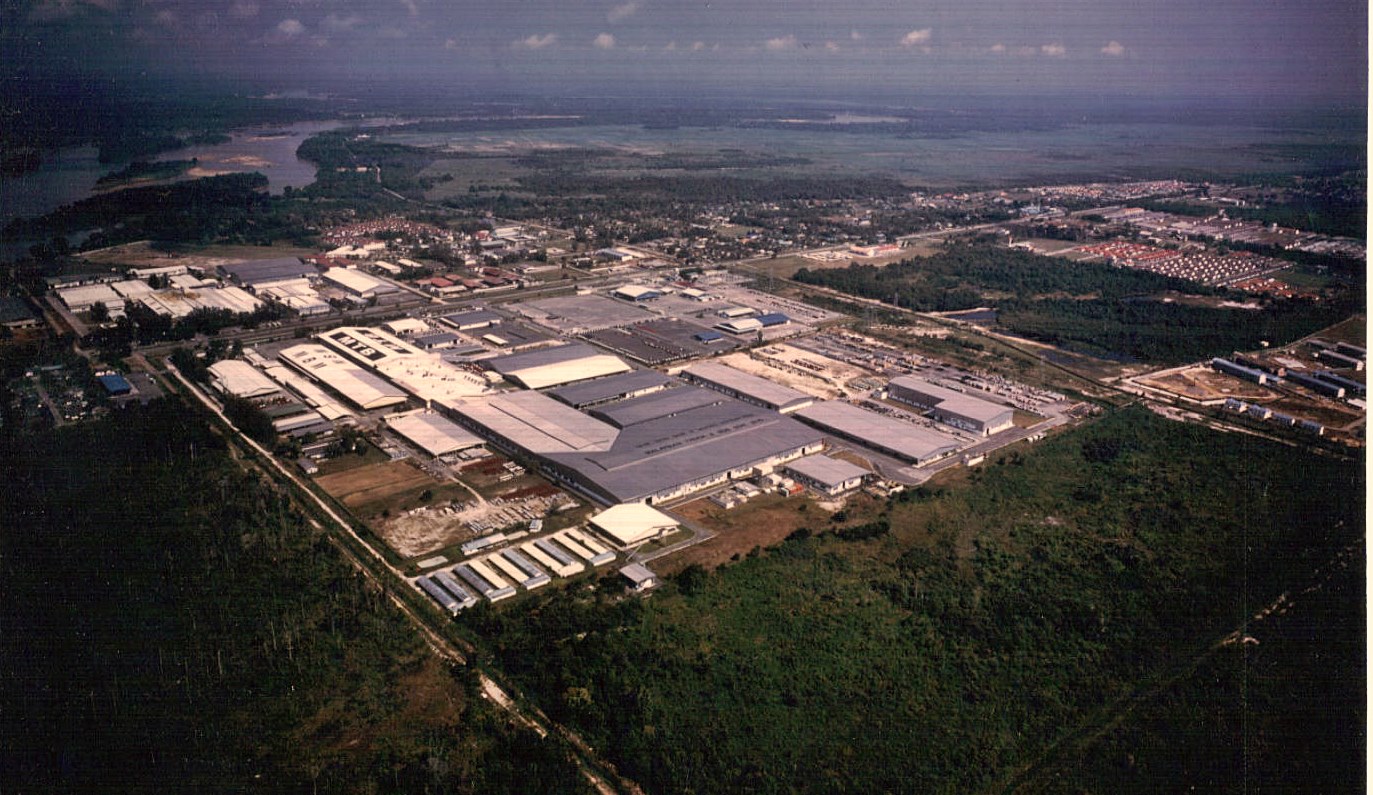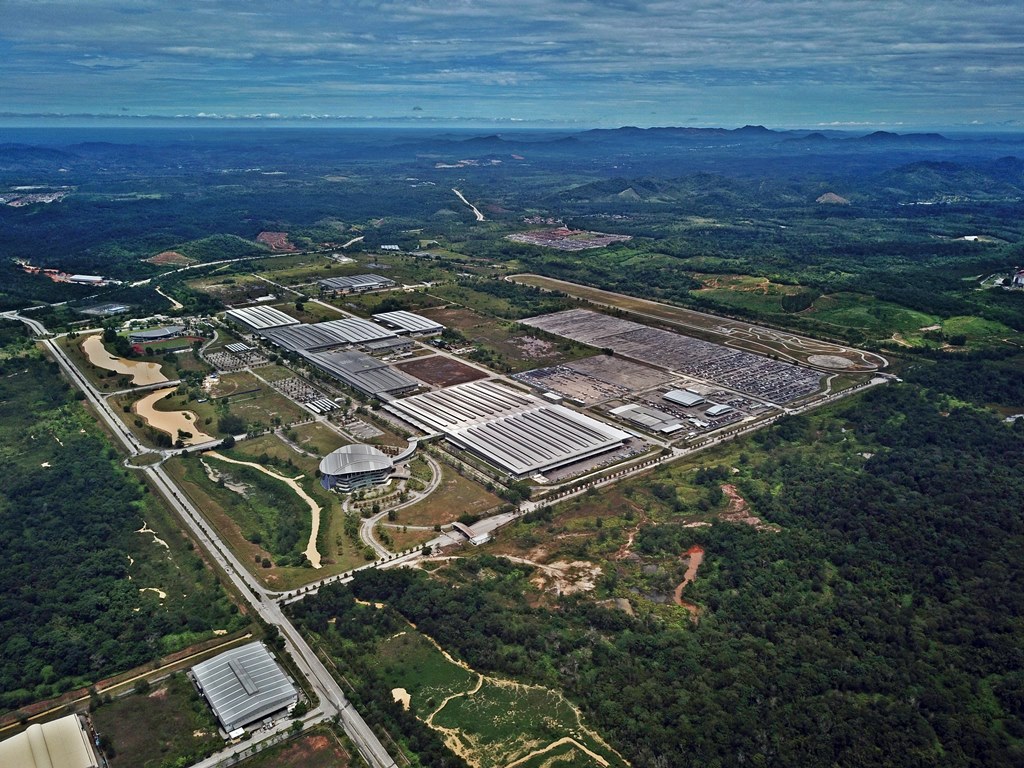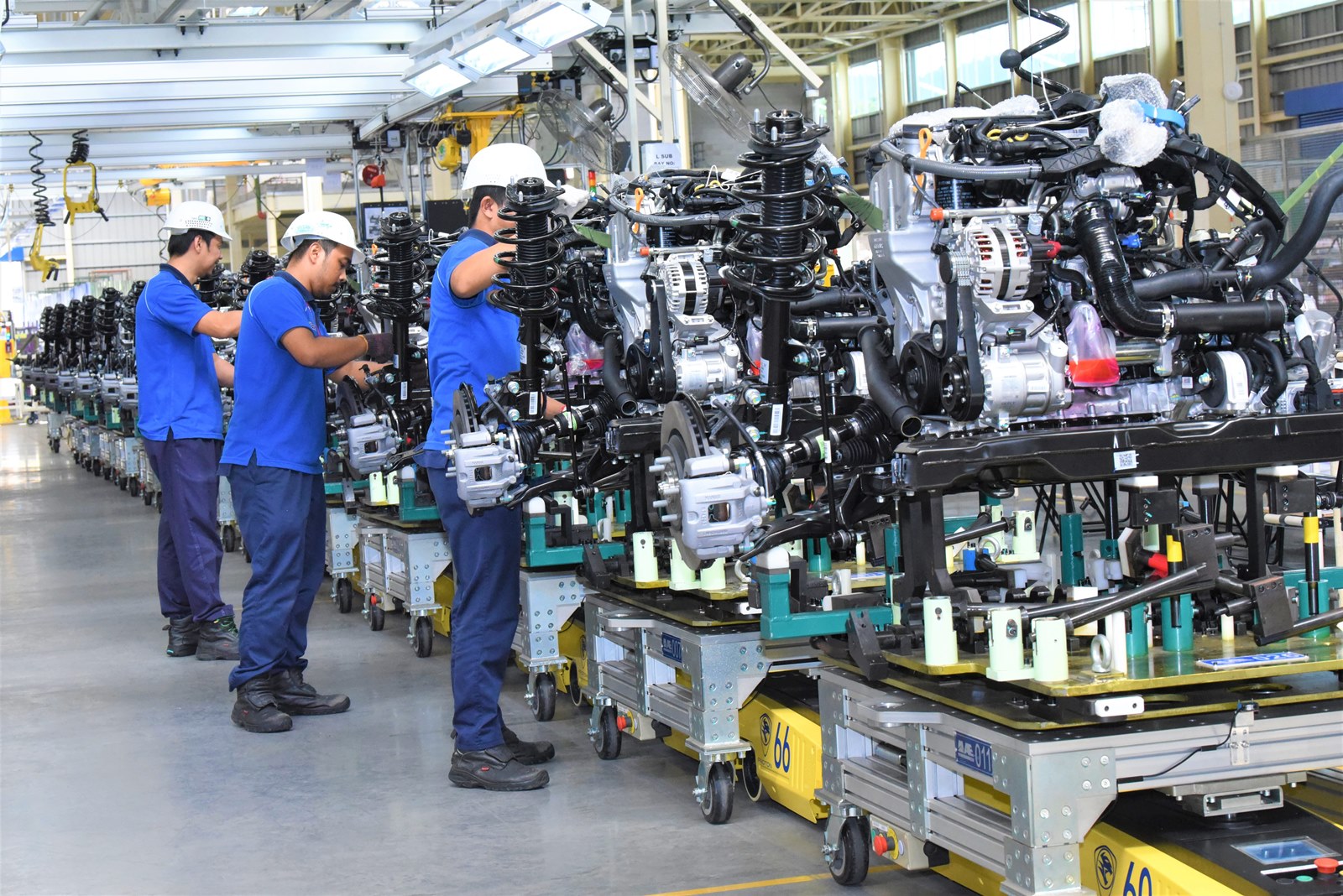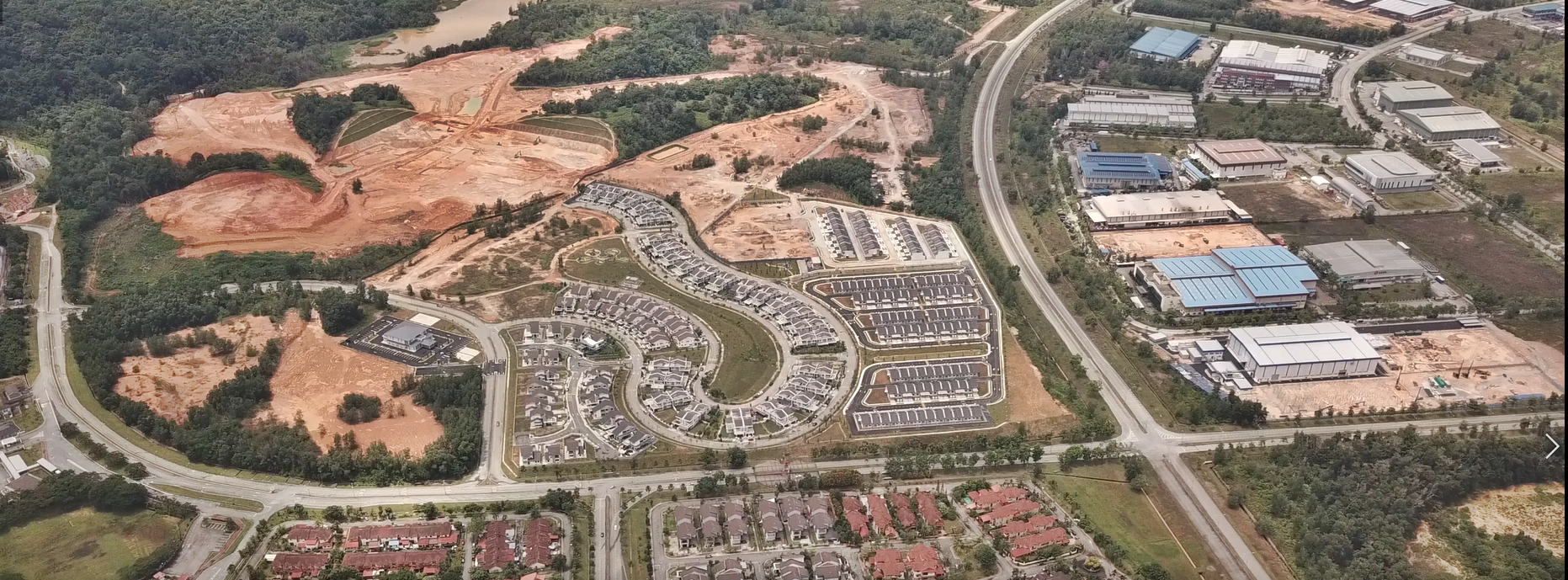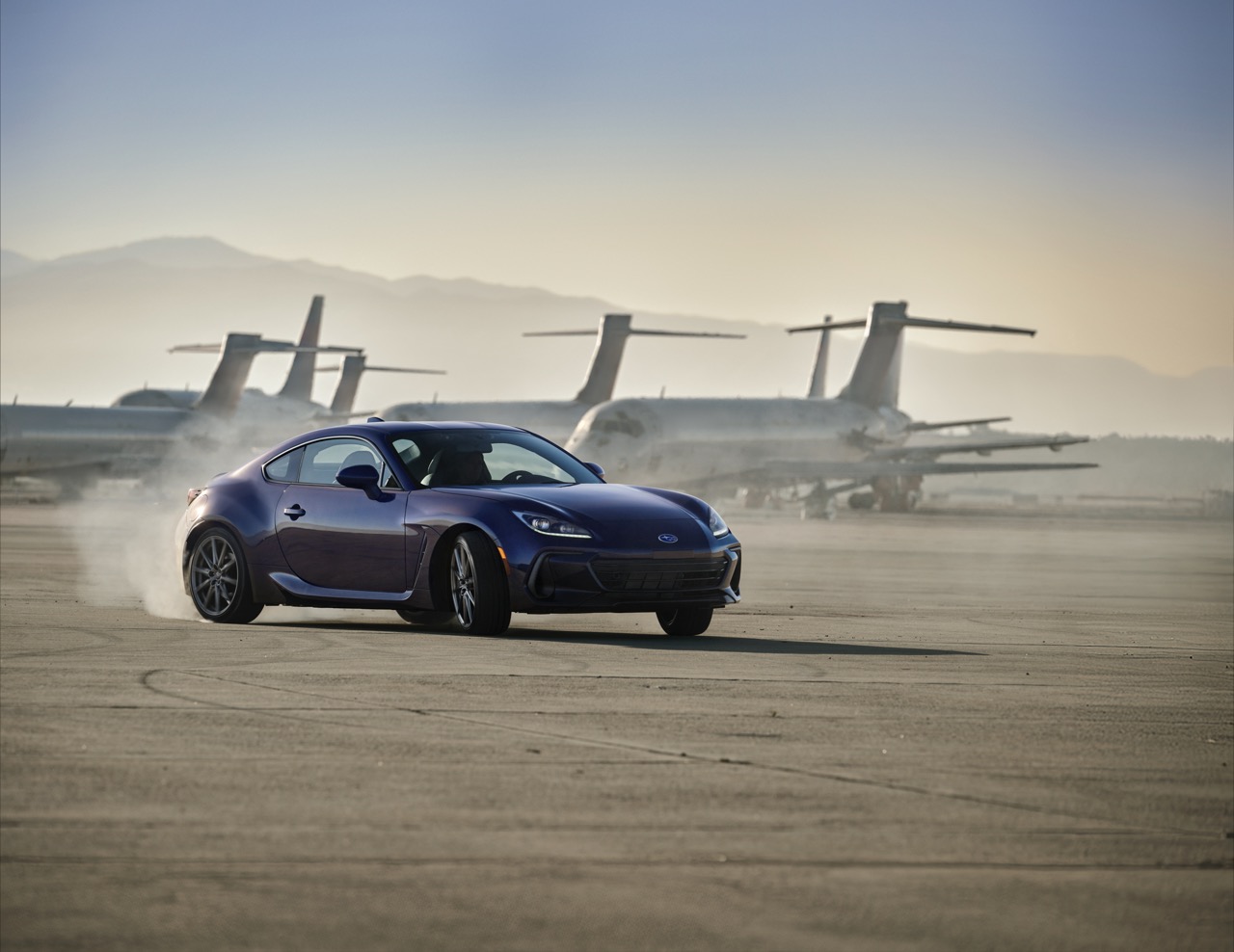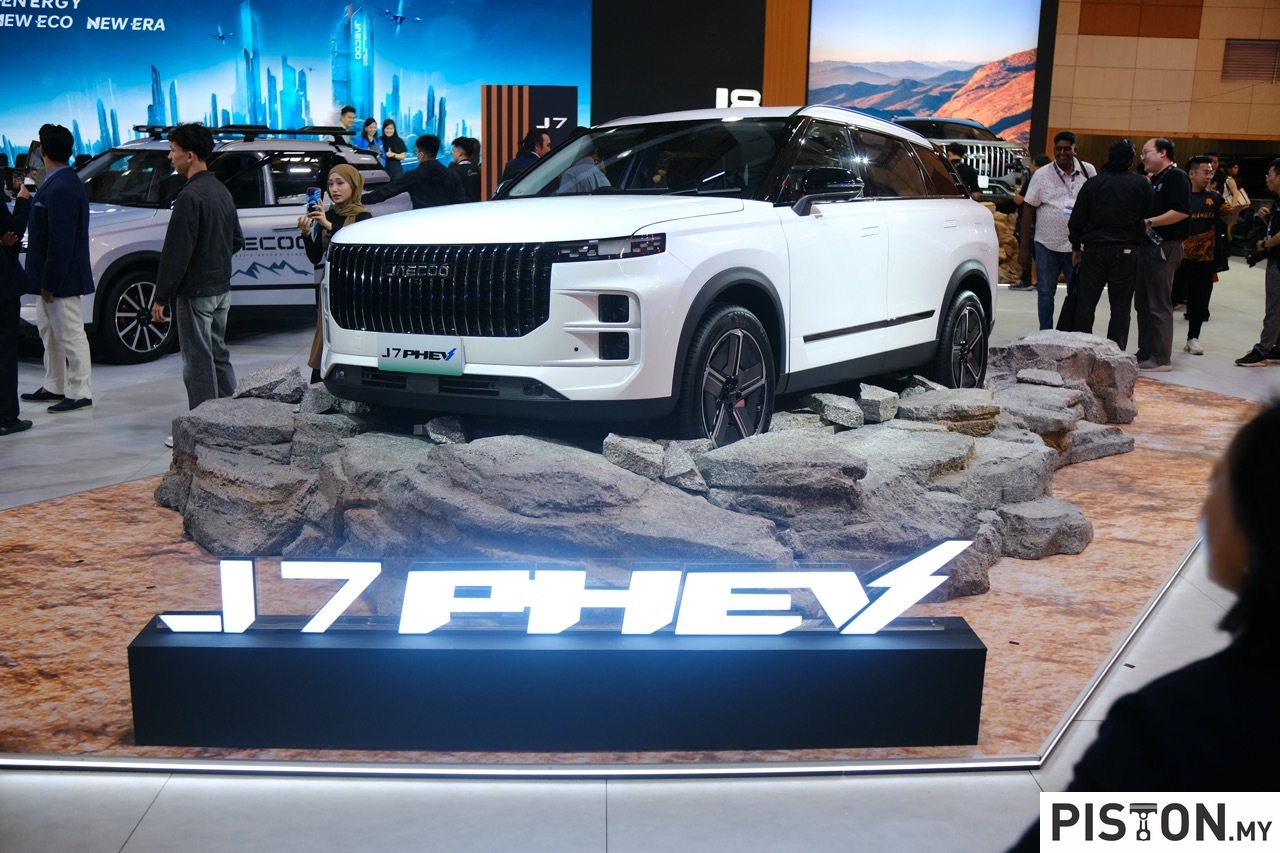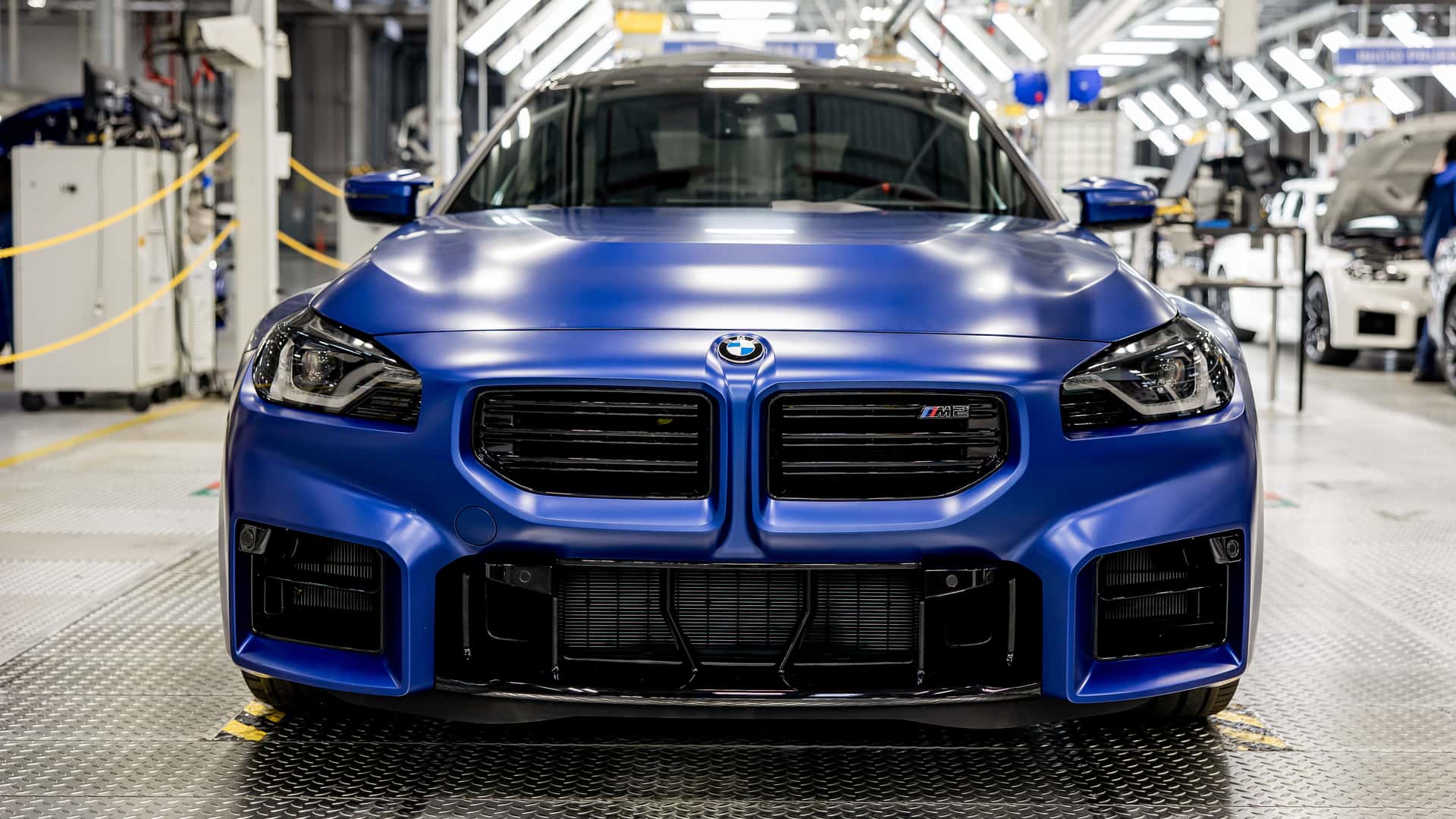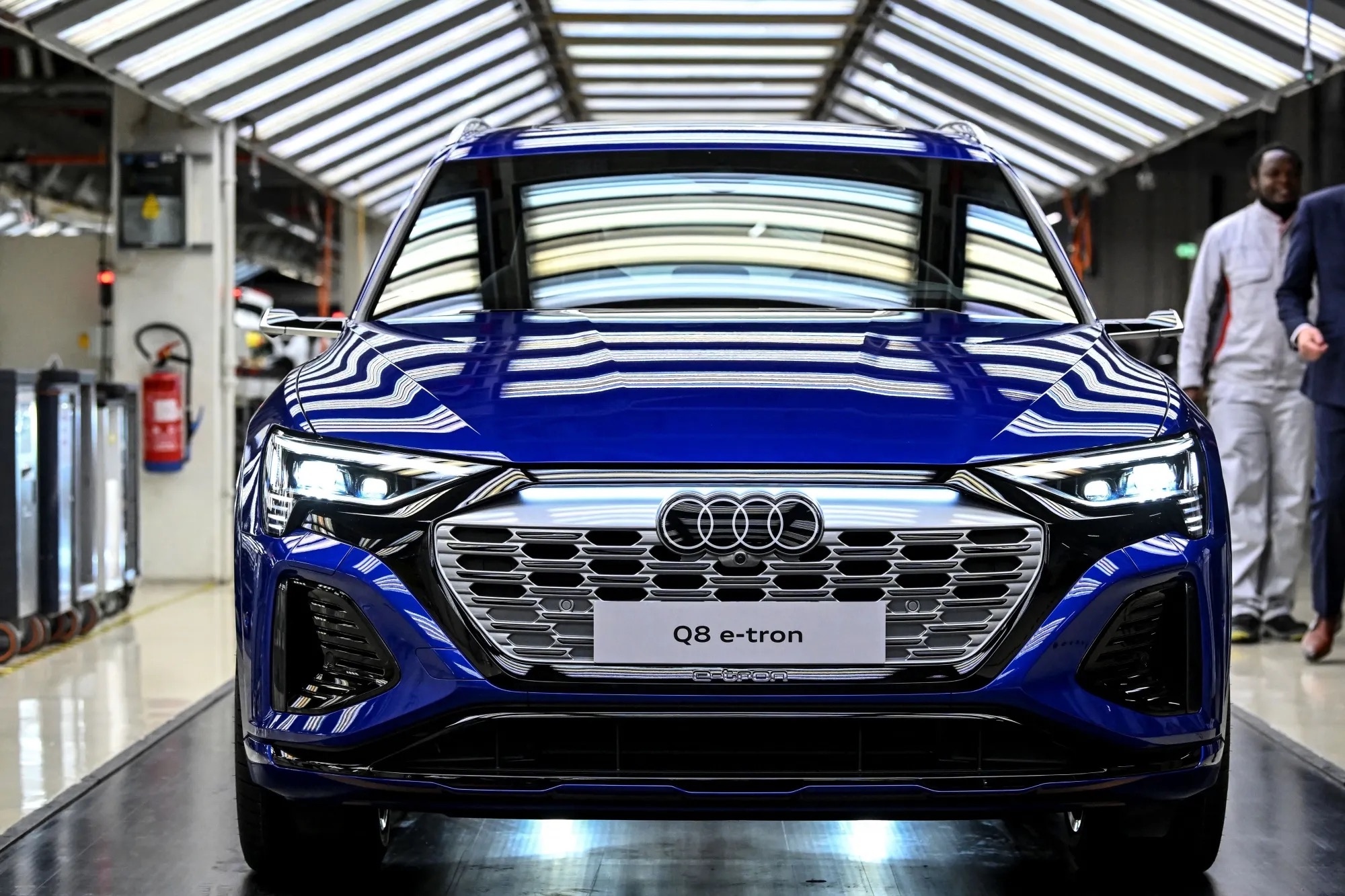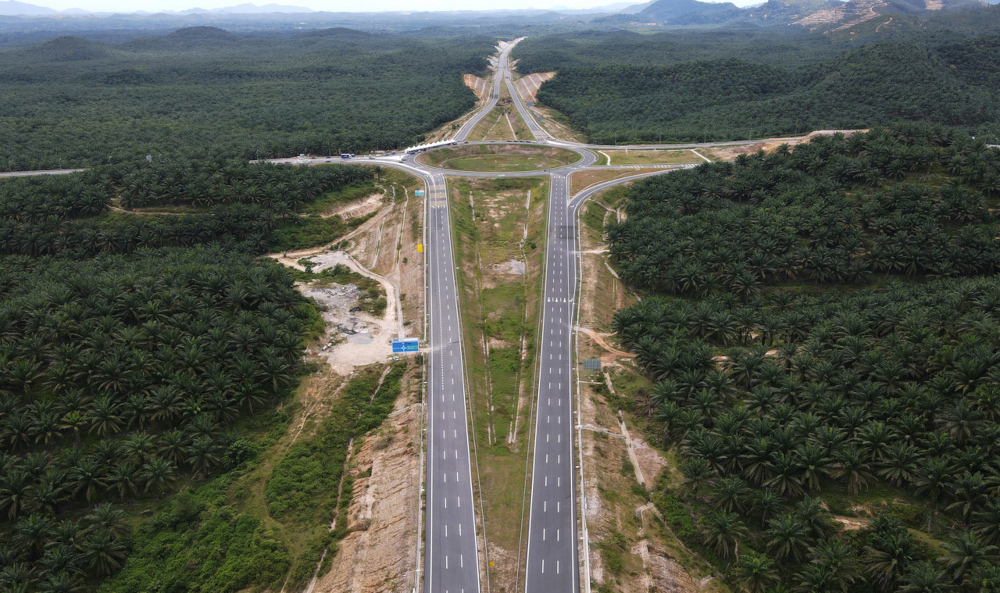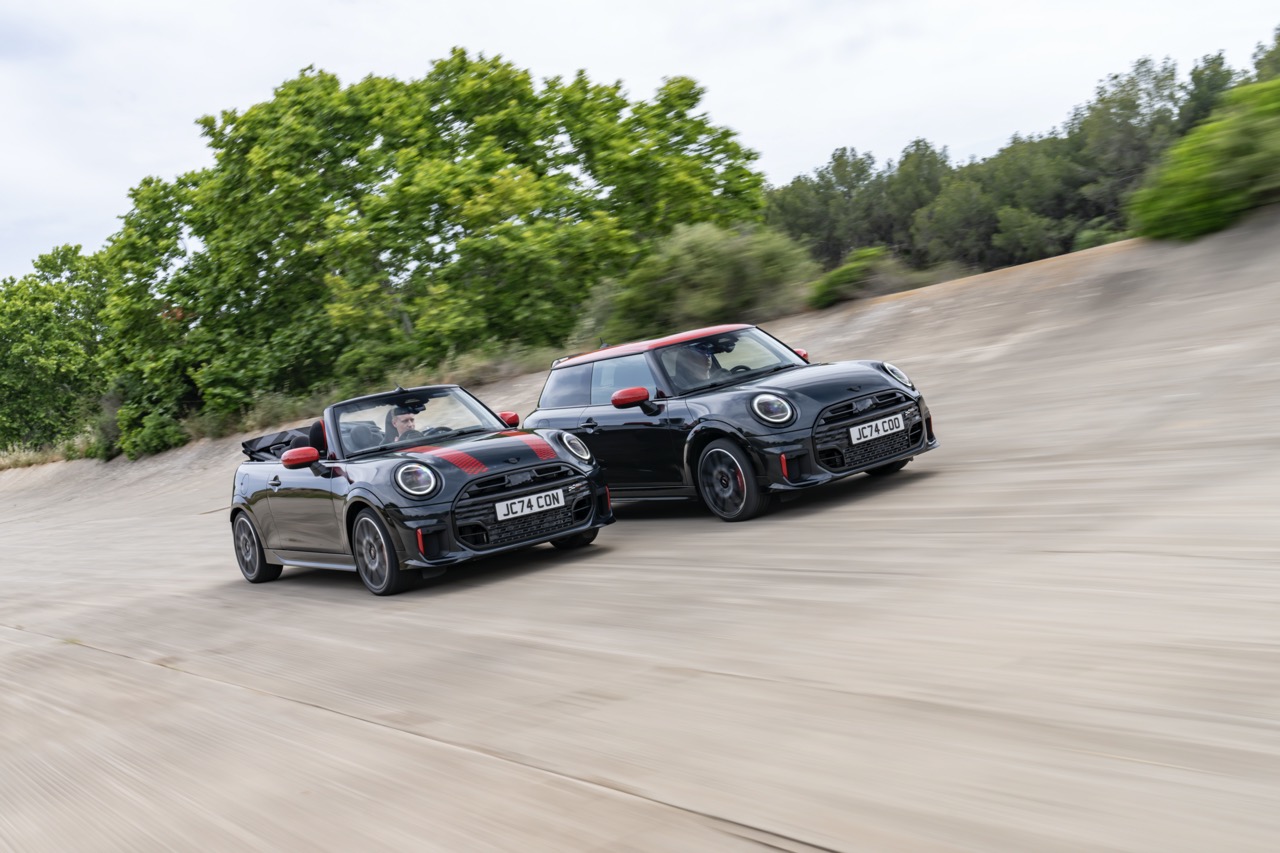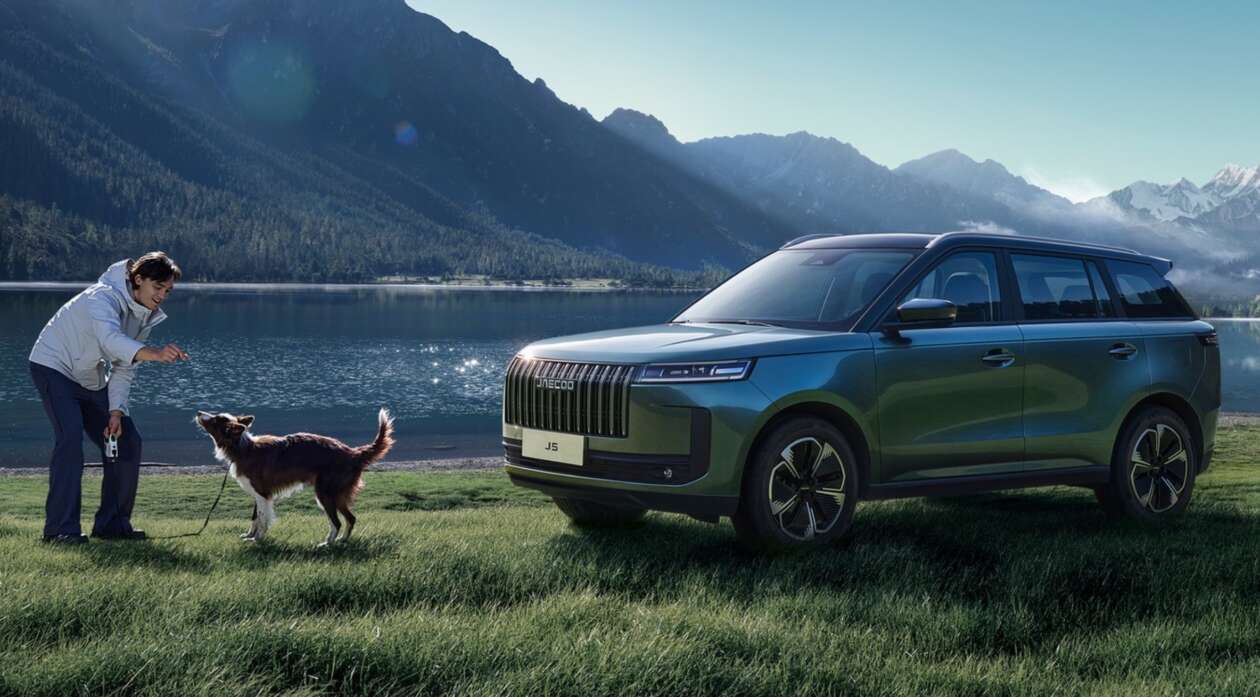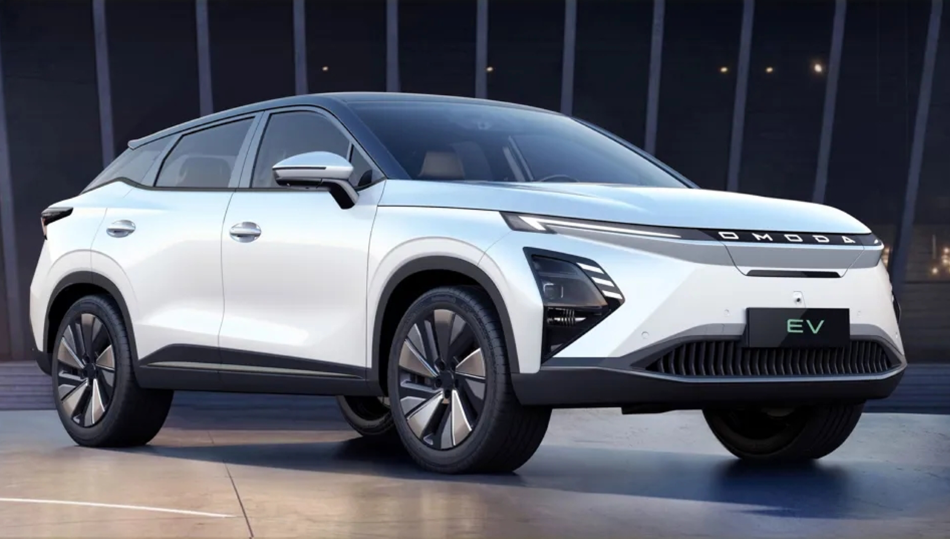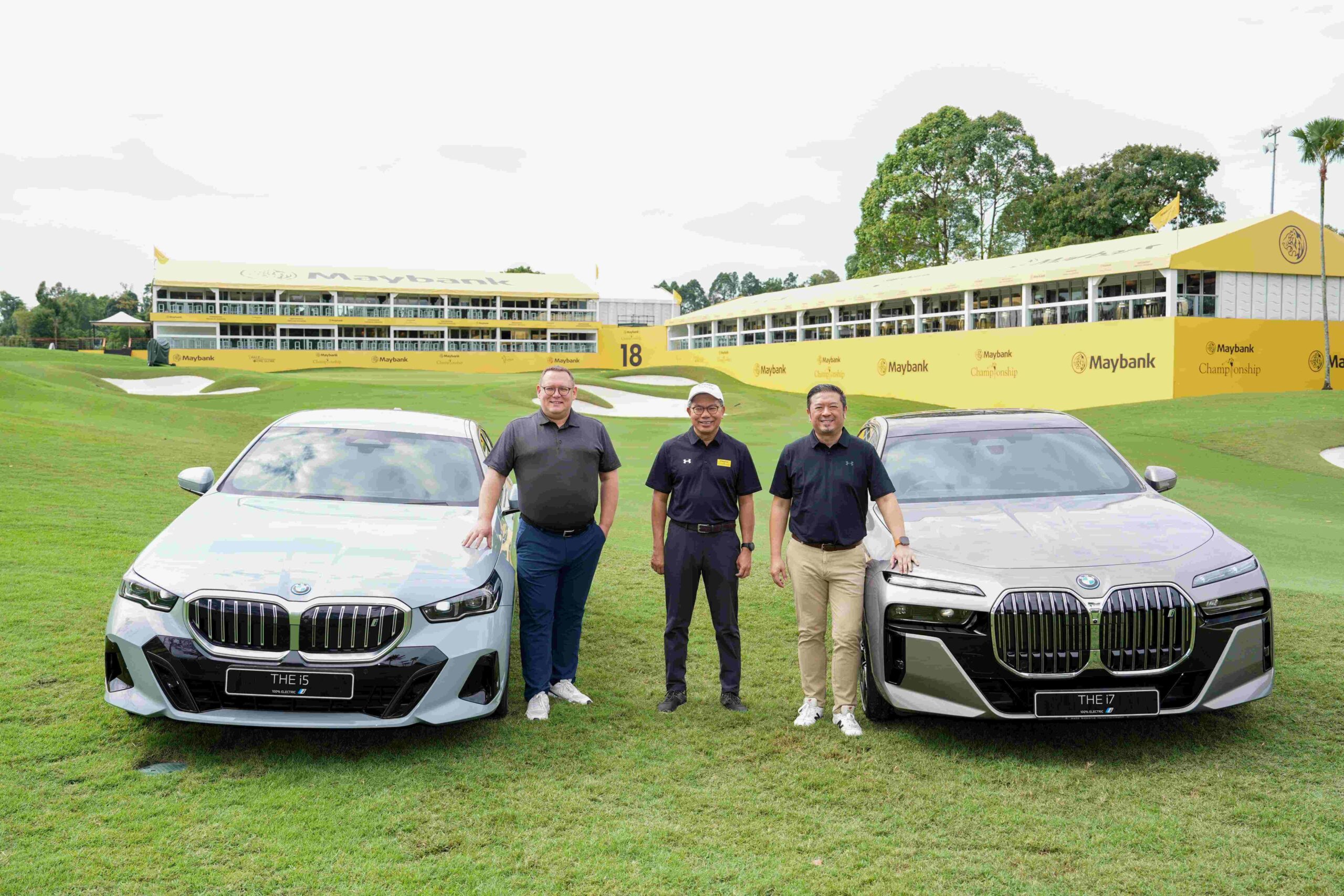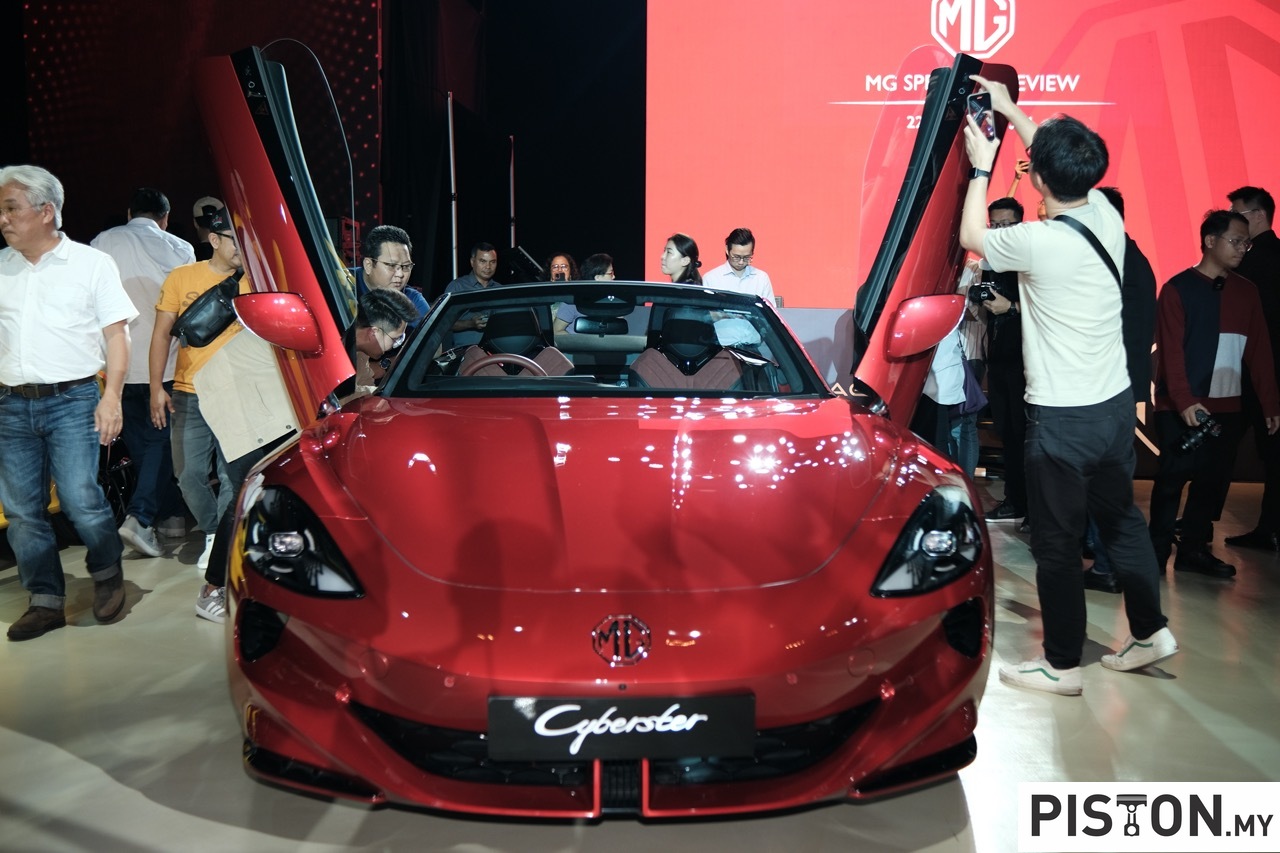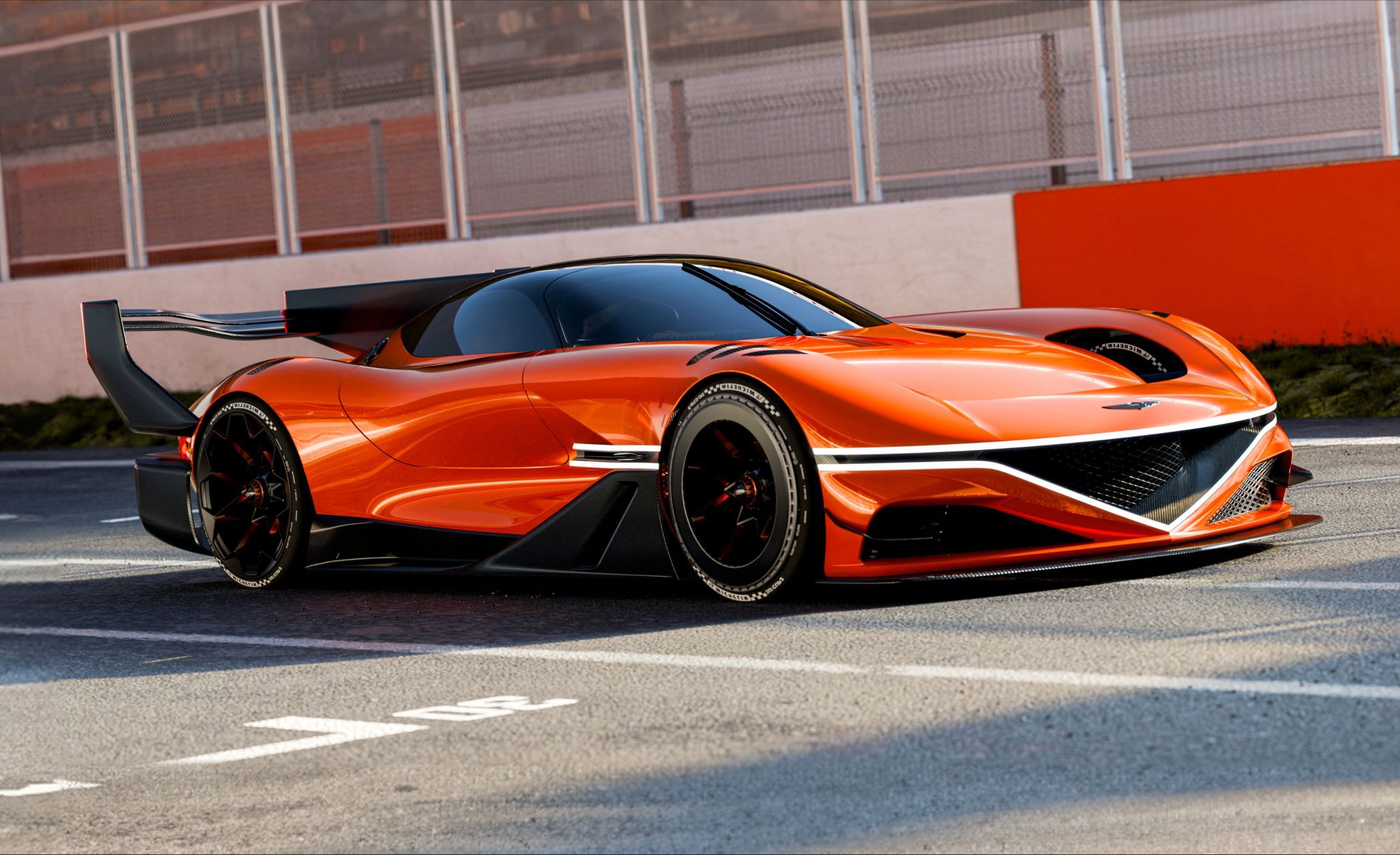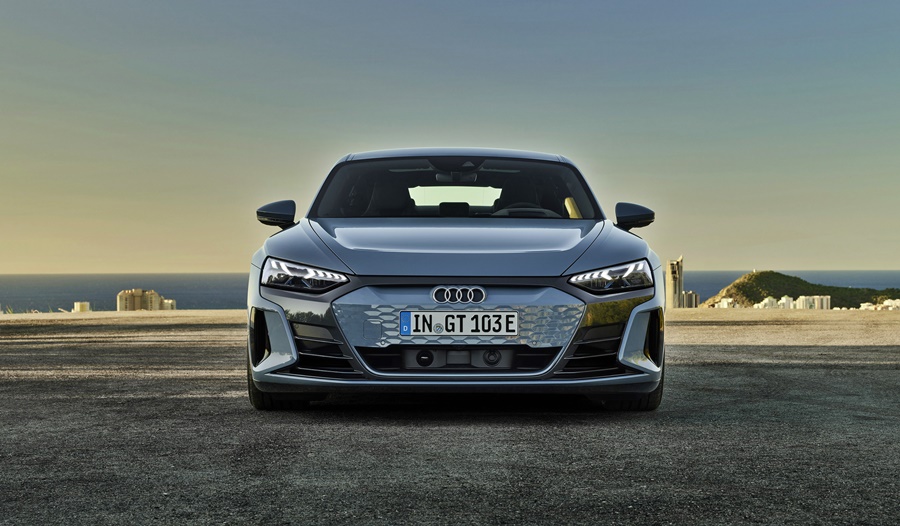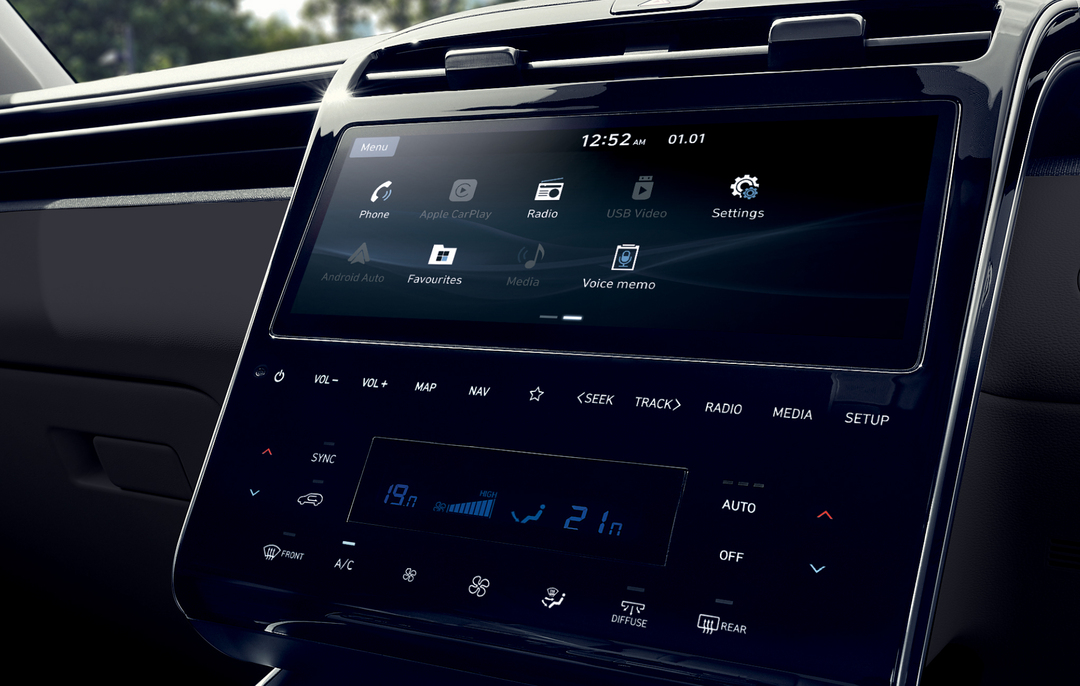Continuing its collection of awards, the Hyundai IONIQ 5 has been voted as the 2022 World Car of the Year, besides also winning the 2022 World Electric Vehicle of the Year and the 2022 World Car Design of the Year awards in the same event. The battery electric vehicle (BEV), which entered the market last year, was chosen from an initial list of 28 candidates, and then from 3 finalists. This is the second consecutive year an EV has won the title and the fourth EV in the event’s history.
To be eligible for the overall title, vehicles must be produced in a volume of least 10,000 units per year, priced below the luxury level in their primary markets, and on sale in at least 2 major markets on at least 2 continents at some time between January 1, 2021 and March 30, 2022.
The jury of consisted of 102 automotive journalists from 33 countries who began assessing candidates from August 19, 2021. The preliminary assessments ended with 3 finalists being selected which reflected the industry trend towards electric vehicles: besides the Hyundai, were the Ford Mustang Mach-E and Kia EV6.

For the World Car Design of the Year award, a design panel consisting of 6 highly respected design experts was asked to first review each candidate, and they then established a shortlist of recommendations for the jurors’ final vote in February.
The IONIQ 5 received a total of 815 points covering Occupant Environment, Performance, Value, Safety, Environment, Market Significance, Emotional Appeal and Innovation. The EV6, which is the Kia version of the same car, scored 808 points, while the Mustang received 773 points. A closer look at the scores shows that the winner could have been either one as the Kia also scored higher points in some areas such as market significance and performance. But whichever won, it was still a victory for the Hyundai Motor Group which both brands are in. In addition, the 2022 World Car Person of the Year was Luc Donckerwolke, Executive Vice-President, Chief Creative Officer, Hyundai Motor Group.
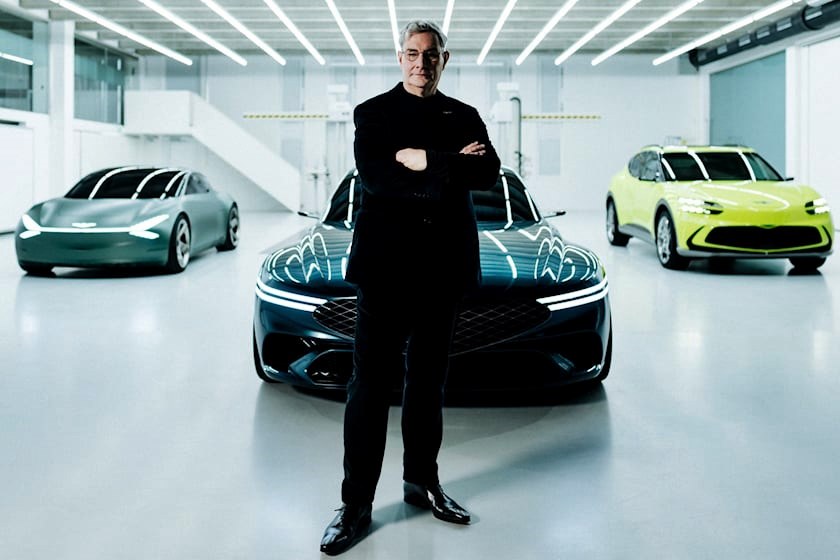
“We are truly honoured to receive these prestigious awards, which recognize the talent and hard work of all our people and business partners at Hyundai Motor Company. Our vision is to enable Progress for Humanity, and this endorsement of our approach will serve to embolden our commitment to make this vision a reality,” said Jaehoon Chang, President & CEO of Hyundai Motor Company.
“IONIQ 5 represents a pivotal achievement for us as we pioneer a new generation of smart mobility solutions with its innovative E-GMP platform technologies, exceptional performance, and disruptive approach to design and space. Our game-changing EV has made a strong impact on increasingly eco-conscious and demanding consumers around the world, and its success supports the acceleration of electrification of the automotive industry. The pace of change at Hyundai will continue unabated through the rest of 2022 as we will soon be adding to our award-winning IONIQ range,” he added.
The winners of the other categories were as follow:
World Luxury Car: Mercedes-Benz EQS
World Performance Car: Audi e-tron GT
World Urban Car: Toyota Yaris Cross
World Car Design of the Year: Hyundai IONIQ 5
World Electric Vehicle of the Year: Hyundai IONIQ 5
PREVIOUS OVERALL AWARD WINNERS
2021 – Volkswagen ID.4
2020 – Kia Telluride
2019 – Jaguar I-PACE
2018 – Volvo XC60
2017 – Jaguar F-PACE
2016 – Mazda MX-5
2015 – Mercedes-Benz C-Class
2014 – Audi A3
2013 – Volkswagen Golf
2012 – Volkswagen UP!
2011 – Nissan LEAF
2010 – Volkswagen Polo
2009 – Volkswagen Golf 7
2008 – Mazda2
2007 – Lexus LS460
2006 – BMW 3-Series
2005 – Audi A6
Hyundai Sime Darby Motors launches second EV – the Hyundai IONIQ 5, priced from RM199,888





